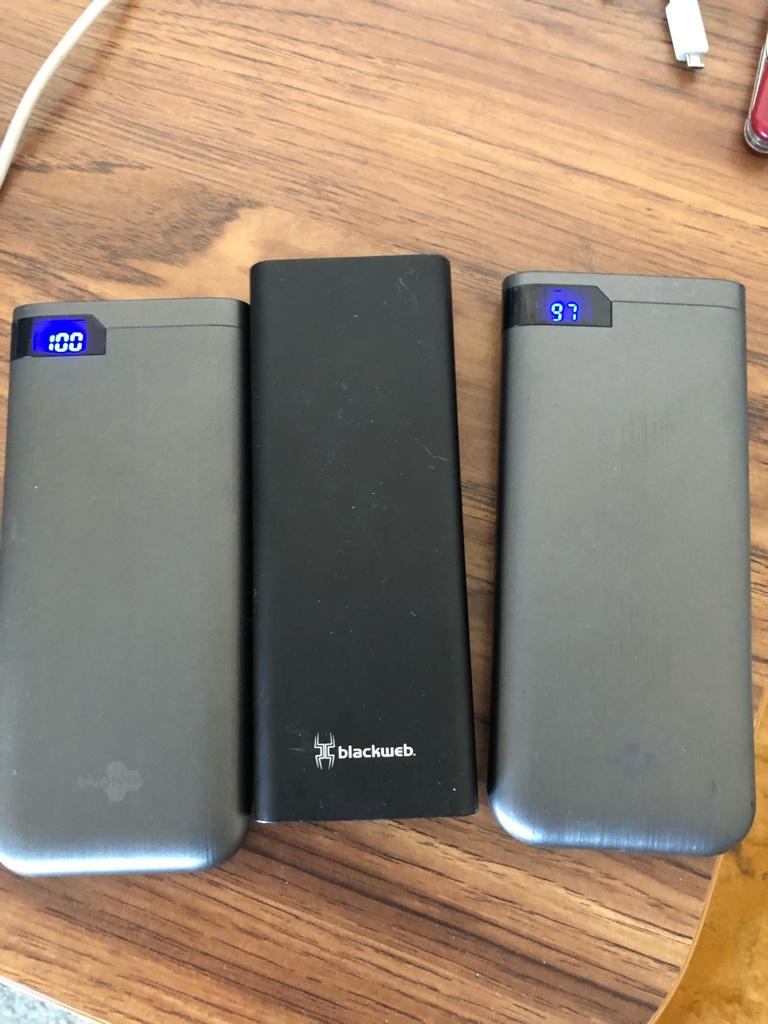What you would need to do what you describe is known as a "pass through" type powerbank. What these do is function as a battery pack, then when charging is applied as the engine runs part of the current passes through the powerbank and goes to the cam. Do beware that some that are advertised as being pass-through actually aren't; it's not an easy process to manage correctly and these bogus units can be unsafe in use.
The "Cellink Neo" functions like this in use and is very popular with dashcam users, but it too has some things to be aware of. First is price- it ain't cheap. Second is that even in it's 'fast charge mode' you still need about a 45 minute drive to fully charge it (slow charge mode takes a few hours). And there have been some apparently random reports of units dying far earlier than they should but overall it's not too bad. You can add the B-124 battery extender to this for longer runtimes

What many people do its to use two regular powerbanks, with one running the cam while the other charges at home, then swapping the units out daily. Based on your cam and usage large units might run your cam all day, smaller ones or heavier use might need you to switch the cables between a car-powered supply and the powerbank when you park, then switching the cable back when you drive. It can be a hassle but in time it becomes an automatic thing and will take only a handful of seconds to do oncew the habit develops. This can be the cheapest option based on the powerbanks you use
Whichever powerbank-type device you use, for safety you never want a powerbank to be directly exposed to sunlight even when not in use. At best that will greatly shorten it's lifespan and at worst it could lead to a cell "venting with flames" like you've seen vids of hoverboards and vaping devices doing  Cheap ones are particularly dangerous for this. Use only the top brands or ones recommended by people here on DCT who have used them successfully.
Cheap ones are particularly dangerous for this. Use only the top brands or ones recommended by people here on DCT who have used them successfully.
There are other alternatives you can use but they are DIY solutions where you will have to purchase the parts seperately and wire them in yourself. A really good DIY type person can manage this but it's a long way from "plug-and-play" stuff, so it's not for the average person. If this seems interesting I can point you to some threads and posts on the subject.
Phil


